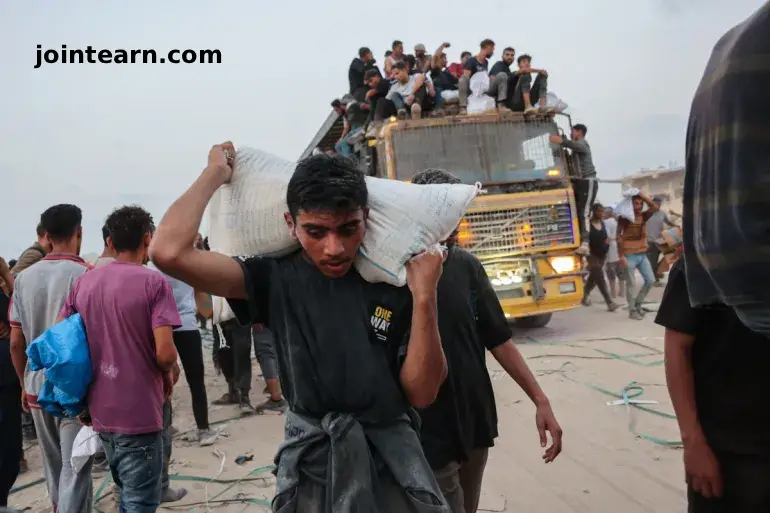
The Zikim crossing, a critical entry point into northern Gaza, has officially reopened to allow humanitarian aid to flow into the region, Israeli authorities announced on Wednesday. The reopening comes two months after the crossing was closed, following repeated calls from the United Nations and international aid organizations to permit relief efforts in northern Gaza.
Background: Aid Blockades and Ceasefire Promises
Under the US-brokered ceasefire that took effect on October 10, 2025, Israel agreed to significantly increase aid deliveries into Gaza, with at least 600 trucks per day slated to enter the Strip. However, aid volumes remained far below that target, leaving famine declared in northern Gaza in August largely unmitigated.
COGAT, the Israeli Defense Ministry body responsible for civilian affairs in the occupied Palestinian territories, confirmed that humanitarian aid trucks entering through Zikim will undergo standard security checks before distribution by the UN. A spokesperson indicated that the crossing will remain permanently open.
Importance of Reopening Zikim
Reporting from Deir el-Balah, Al Jazeera’s Tareq Abu Azzoum highlighted that this is the first time Zikim has been operational since the ceasefire, having been closed previously under a security pretext. With Zikim now open, three crossings into Gaza are operational:
- Karem Abu Salem (Kerem Shalom) in southern Gaza
- Al-Karara (Kissufim) in central Gaza
- Zikim in the north
The UN Office for the Coordination of Humanitarian Affairs (OCHA) stressed that opening northern crossings is “vital to ensure that sufficient aid reaches people as soon as possible,” highlighting the urgency given the region’s ongoing hunger crisis.
Humanitarian and Security Situation in Gaza
Despite the ceasefire, Palestinians in northern Gaza continue to face dire humanitarian conditions. Israeli air raids recently targeted Beit Lahiya in the north, while artillery shelling struck areas east of Jabalia refugee camp. Gunfire was also reported near Bureij refugee camp in central Gaza.
Simultaneously, Hamas’s armed wing, the Qassam Brigades, and the Red Cross entered a restricted area demarcated by Israel as the “yellow line” to recover the remains of captives. Since the ceasefire, Hamas has returned the remains of 24 deceased captives and freed 20 living captives, with four bodies still to be returned to complete the first phase of the agreement.
Leadership Changes Amid Gaza Recovery Efforts
As the humanitarian situation evolves, Ron Dermer, Israel’s head negotiator for the ceasefire and exchange deal, announced his resignation as minister of strategic affairs, a position he had held since 2022. Dermer, a close aide to Prime Minister Benjamin Netanyahu, did not confirm whether he would continue his role in ongoing negotiations for the second phase of the Gaza deal.
Netanyahu publicly thanked Dermer for his contributions, stating that the 54-year-old “has much more to contribute in the future” and acknowledging his role in securing both the ceasefire and captive return agreements.
Conclusion
The reopening of Zikim crossing marks a significant step toward alleviating the humanitarian crisis in northern Gaza, ensuring that UN and international aid can reach the most affected areas. While aid access is improving, ongoing security incidents and infrastructure challenges highlight the fragile nature of the ceasefire and the continued need for humanitarian support.


Leave a Reply